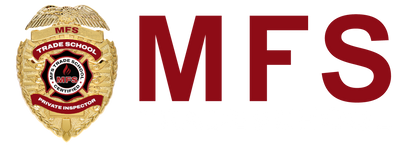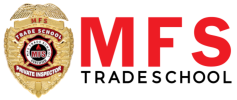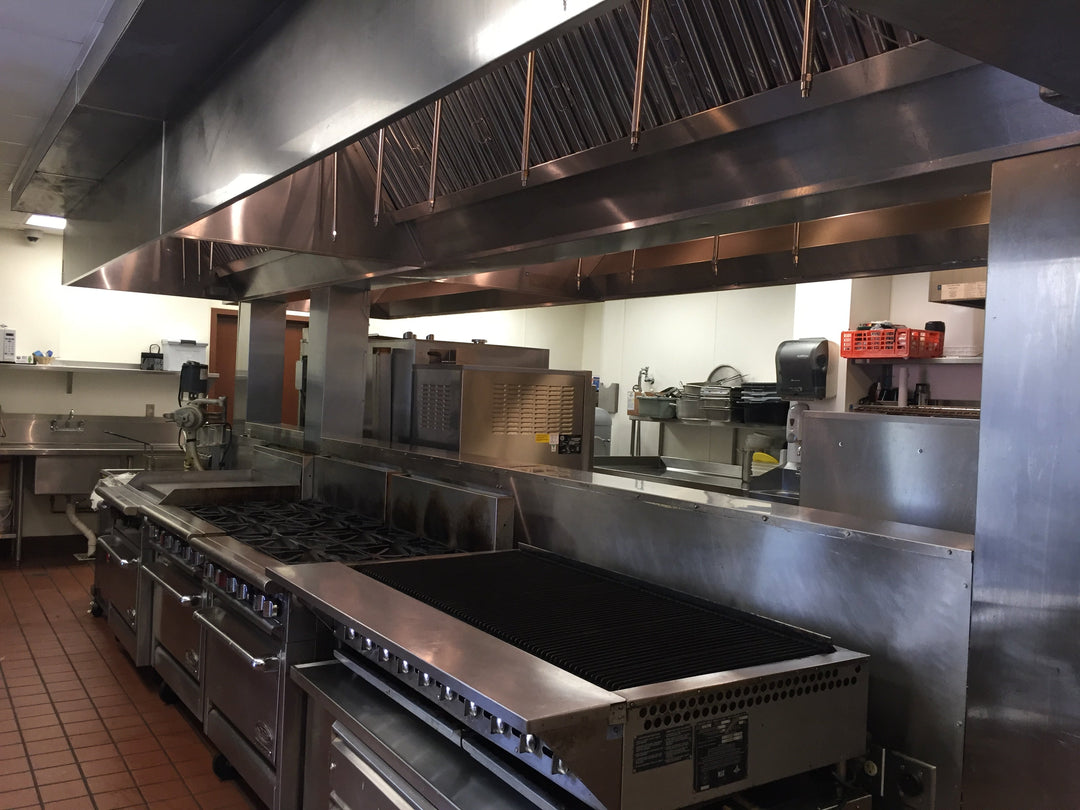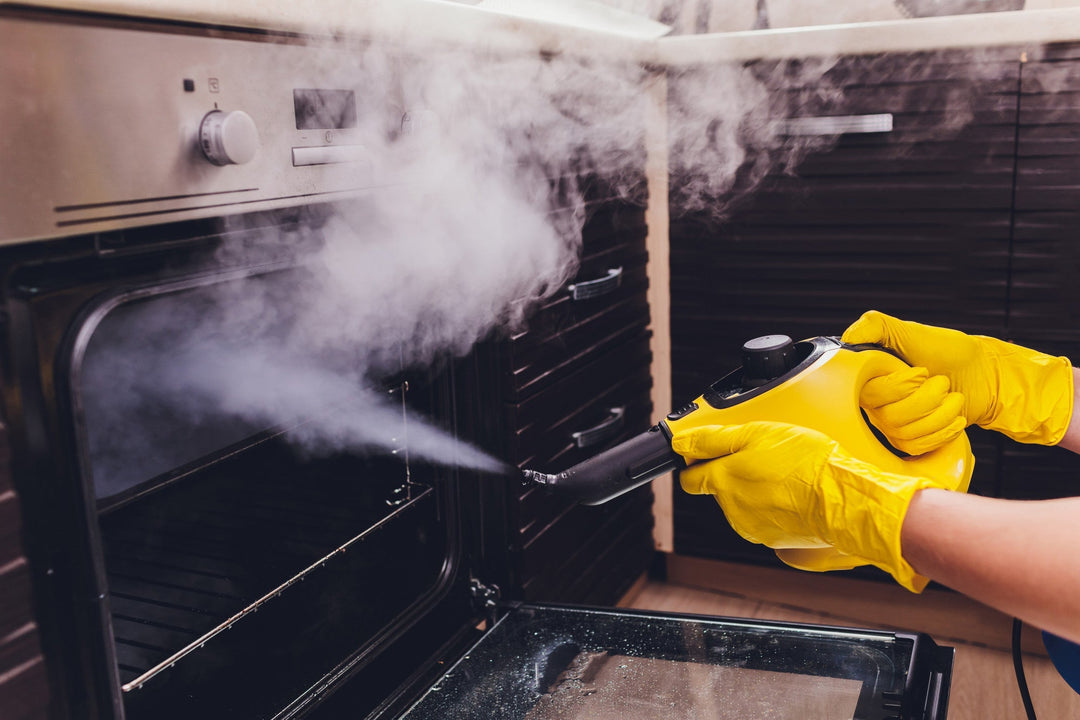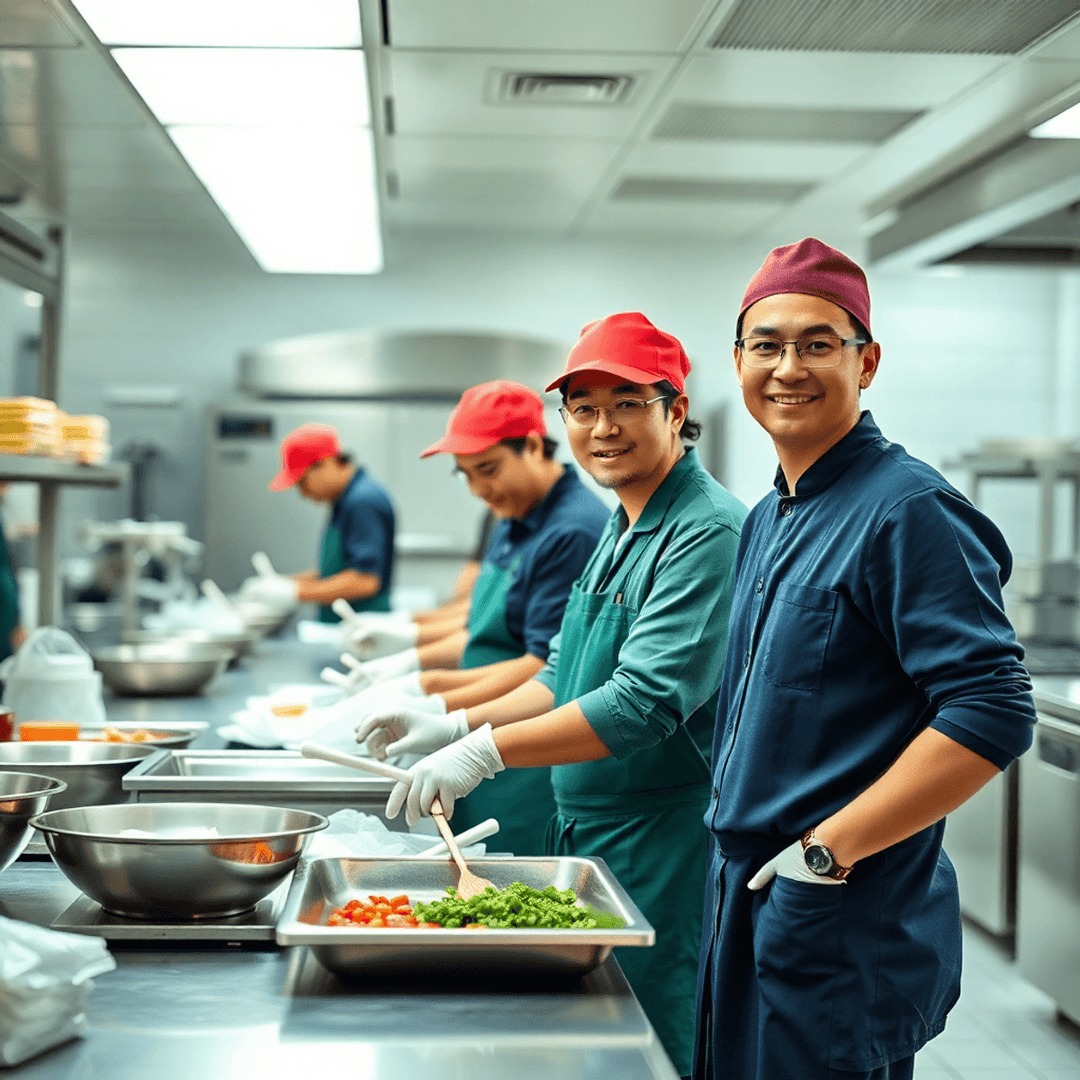Essential Janitorial Services for Restaurants: A Complete Guide
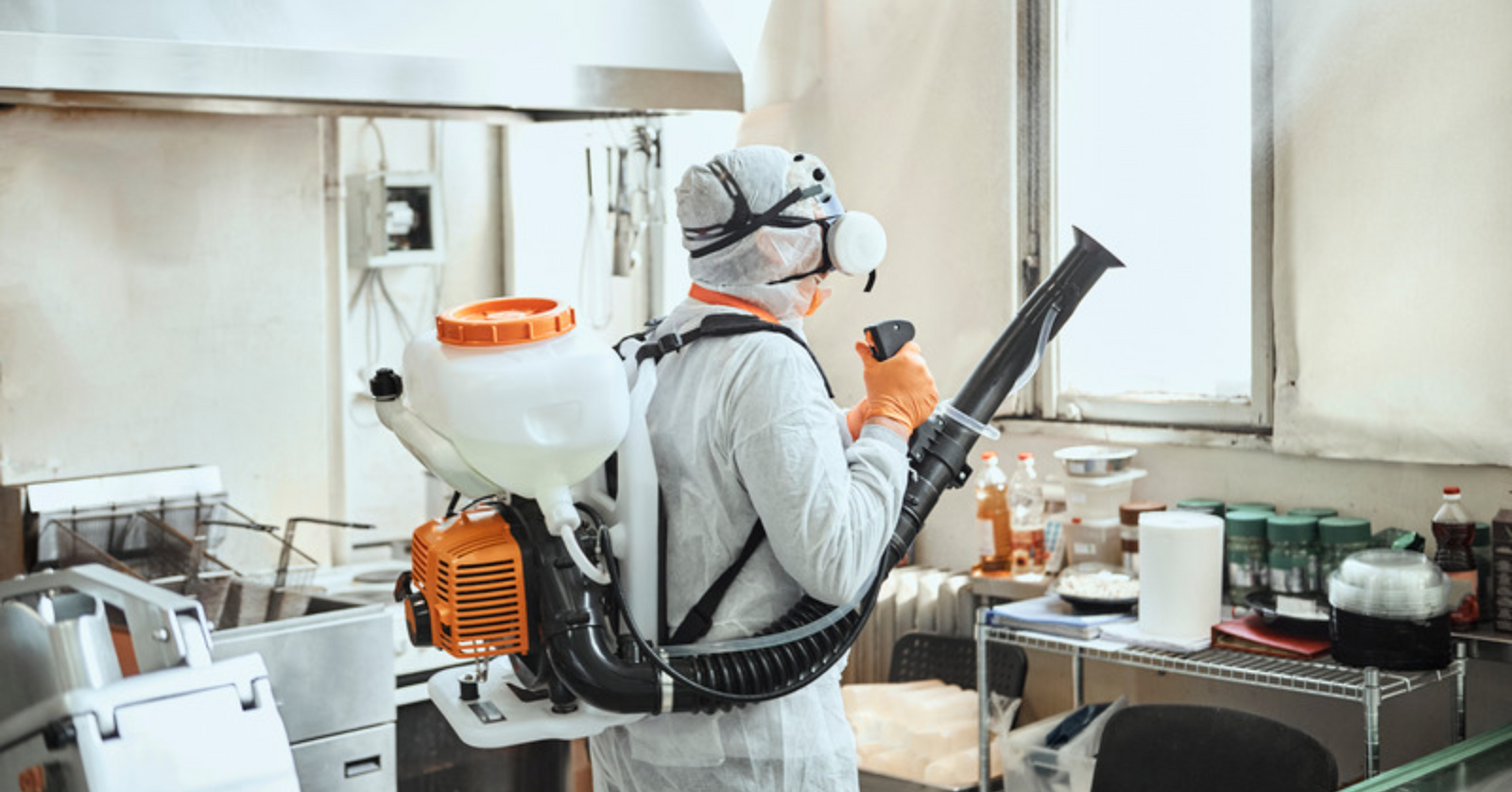
Maintaining a clean and hygienic environment is paramount for any restaurant. It not only ensures the health and safety of customers and staff but also plays a crucial role in the overall success and reputation of the establishment.
Janitorial services are an essential aspect of restaurant operations, encompassing a wide range of tasks designed to keep both the front and back of house in pristine condition. These services involve regular cleaning, deep cleaning, and sanitation, all of which contribute to a pleasant dining experience and a safe working environment.
Implementing effective janitorial services requires a comprehensive understanding of the unique challenges faced by restaurants, as well as the best practices and tools needed to overcome them. By investing in the right training, equipment, and professional services, such as the Hands-On Janitorial Restaurant Cleaning course, restaurants can maintain the highest standards of cleanliness and hygiene.
What Are Essential Janitorial Services for Restaurants?
Essential janitorial services for restaurants involve maintaining cleanliness in both the front and back of house. These services encompass a wide range of tasks designed to ensure a hygienic environment for customers and staff alike.
Regular cleaning tasks include wiping down tables, chairs, and countertops; sweeping and mopping floors; and sanitizing high-touch surfaces such as door handles and menus. Deep cleaning services tackle hard-to-reach areas, such as behind and underneath equipment, as well as thorough cleaning of kitchen appliances, exhaust systems, and restrooms.
Sanitation is another critical aspect of janitorial services in restaurants. This involves using professional-grade cleaning solutions and disinfectants, such as those found in a comprehensive catalog of cleaning products, to eliminate harmful bacteria, viruses, and other pathogens that can cause foodborne illnesses. Proper sanitation practices, such as those taught in the Online Virus Disinfecting for Covid-19 course, also help maintain compliance with local health department regulations and prevent potential violations during inspections.
Investing in comprehensive janitorial services, like those offered at MFS Trade School, can help restaurants maintain a spotless and inviting environment while prioritizing the health and safety of their customers and employees. By adhering to a well-structured cleaning plan and utilizing the latest techniques and products, restaurants can build a positive reputation and foster customer loyalty.

How to Maintain a Spotless Front of House
To uphold an immaculate front of house, focus on consistent daily cleaning routines. The dining areas require attention to detail: use effective disinfectants on tables and chairs to maintain hygiene standards. Items frequently touched by customers, such as condiment dispensers and light switches, should be cleaned regularly to ensure a safe and pleasant dining experience.
Floor care is integral to preserving the front of house's cleanliness and visual appeal. Establish a routine that includes thorough sweeping and vacuuming to manage dirt and spills effectively, which not only enhances the restaurant's ambiance but also mitigates slip hazards.
Engaging specialized cleaning services can significantly enhance the standards of cleanliness. Additionally, using eco-friendly, refillable cleaning products can help reduce waste while maintaining high hygiene standards. These services provide expertise and utilize advanced tools, ensuring a level of thoroughness that aligns with industry-leading practices.
How to Ensure a Hygienic Back of House
Maintaining a sanitary back of house is essential for food safety and smooth operations. Start by implementing a detailed cleaning schedule for all kitchen equipment and appliances. This schedule should focus on mitigating grease accumulation, which not only extends the life of the equipment but also ensures a safe cooking environment. Consistent cleaning of fryers, grills, and stovetops is crucial—these tasks, along with training from the Online Kitchen Exhaust Hood Cleaning course, help in minimizing fire risks and keep the kitchen functioning efficiently.
Using high-quality cleaning products, such as household cleaning products from Mrs. Meyer's, is vital for keeping the kitchen floors and surfaces spotless. These solutions are engineered to remove tough stains and residues, delivering a more thorough clean than basic cleaners. Additionally, it's important to address areas prone to spills and moisture quickly, as these can harbor mold and bacteria if neglected.
Providing staff with comprehensive training enables them to execute sanitation tasks proficiently. Training programs should include instruction on the correct use of cleaning tools, effective methods for various surfaces, and the significance of following health regulations. When staff are well-informed about the impact of their responsibilities on kitchen hygiene, they become more attentive in their cleaning practices, enhancing the overall safety and productivity of the back-of-house operations.
Implementing a Restaurant Cleaning Checklist
Establishing a detailed cleaning checklist is essential for ensuring thorough and consistent cleanliness in a restaurant. Begin by organizing tasks based on their required frequency: daily responsibilities might include sanitizing high-contact surfaces, clearing waste, and refreshing restrooms; weekly tasks could involve comprehensive cleaning of storage areas and more intensive scrubbing of kitchen appliances using cleaning supplies and tools from Target. This categorization helps maintain focus on all areas, ensuring comprehensive sanitation efforts.
Enhancing the checklist with educational resources, such as the Online Janitorial Restaurant Cleaning course, further strengthens its impact. To maintain high standards, it is important to track task completion. Implementing a sign-off system for staff on completed tasks offers a clear record of cleaning activities and serves as a basis for health inspections and managerial reviews. This system instills a sense of duty within the team and provides a reliable method to verify that cleaning tasks adhere to the established protocols.
Scheduling Regular Deep Cleaning
Strategically planning regular deep cleaning sessions is crucial to maintaining impeccable hygiene in a restaurant. These sessions are designed to address areas beyond the reach of routine daily cleaning, such as hidden spaces behind kitchen equipment and intricate ventilation systems. For example, a 2-ingredient cleaning spray recipe can be used for quick and effective cleaning of various surfaces.
Utilizing professional cleaning services, such as the Hands-On Exhaust Cleaning Coaching course, can significantly elevate the effectiveness of deep cleaning efforts. These specialists bring advanced tools and a comprehensive understanding of restaurant-specific challenges, allowing them to remove persistent residues and clean hard-to-access areas efficiently. Their expertise ensures that sanitation meets the highest standards, providing a level of thoroughness that is difficult to achieve with in-house resources alone.
When planning for regular deep cleaning, it's essential to consider the investment in professional cleaning services. While these services may require upfront costs, they help prevent expensive health violations and potential operational disruptions. Allocating budget for such services can be a prudent financial decision, as it supports the restaurant's long-term reputation and stability. By weighing these factors, restaurant owners can make informed choices that align with their commitment to delivering a safe and inviting dining experience.

Final Thoughts
A strategic approach to maintaining a pristine restaurant environment enhances both operational efficiency and customer perception. Developing a robust cleaning plan involves more than just scheduling tasks—it's about cultivating a work culture where staff take pride in their surroundings and understand the impact of their contributions. This collective mindset fosters teamwork and elevates the overall dining experience.
Adhering to the highest standards of sanitation ensures an establishment remains a trusted space for patrons. Regularly updating cleaning protocols to align with industry innovations keeps the restaurant ahead of health requirements, offering peace of mind to guests. Continuous staff development in advanced cleaning techniques empowers them to manage any situation effectively, showcasing the restaurant's dedication to excellence.
Engaging professional cleaning services provides a competitive edge by ensuring all aspects of hygiene are meticulously addressed. These services bring specialized knowledge and advanced equipment that elevate the establishment’s cleanliness beyond routine practices. Prioritizing such investment underscores a commitment to quality, leaving a lasting impression on customers and distinguishing the restaurant in a crowded market.
By prioritizing comprehensive janitorial services, restaurants can create a clean, safe, and inviting environment that enhances customer satisfaction and loyalty. Investing in the right training, equipment, and professional services is key to maintaining the highest standards of cleanliness and hygiene in both the front and back of house. If you're interested in learning more about how to implement effective janitorial services in your restaurant, request more information about training programs and certifications from us today, and let us help you take your cleaning practices to the next level.
